Mario Manzo
Voting in Transfer Learning System for Ground-Based Cloud Classification
Mar 08, 2021
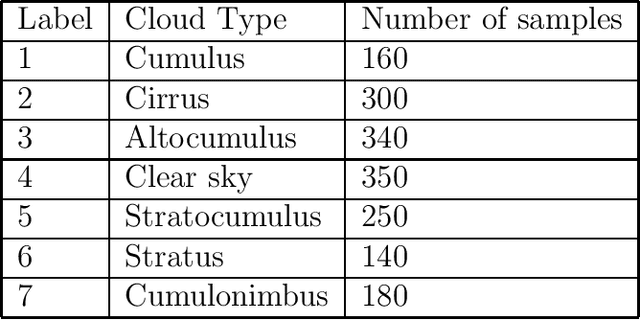
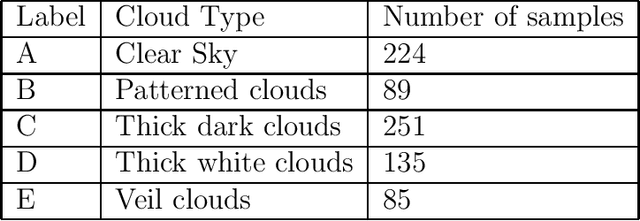
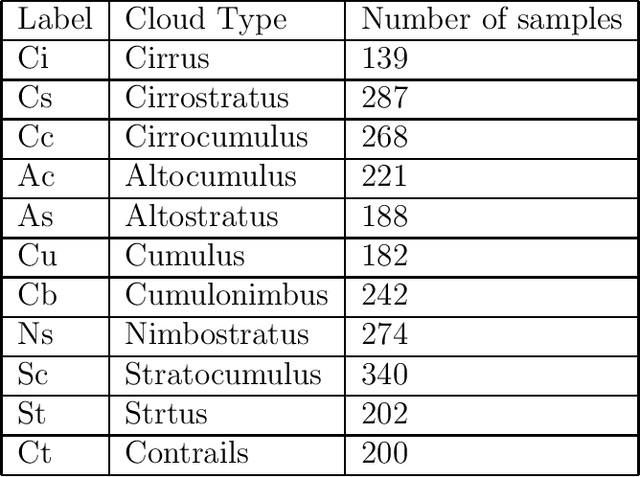
Abstract:Clouds classification is a great challenge in meteorological research. The different types of clouds, currently known and present in our skies, can produce radioactive effects that impact on the variation of atmospheric conditions, with the consequent strong dominance over the earth's climate and weather. Therefore, identifying their main visual features becomes a crucial aspect. In this paper, the goal is to adopt a pretrained deep neural networks based architecture for clouds image description, and subsequently, classification. The approach is pyramidal. Proceeding from the bottom up, it partially extracts previous knowledge of deep neural networks related to original task and transfers it to the new task. The updated knowledge is integrated in a voting context to provide a classification prediction. The framework trains the neural models on unbalanced sets, a condition that makes the task even more complex, and combines the provided predictions through statistical measures. Experimental phase on different cloud image datasets is performed and results achieved show the effectiveness of the proposed approach with respect to state of the art competitors.
Attributed Relational SIFT-based Regions Graph (ARSRG): concepts and applications
Dec 20, 2019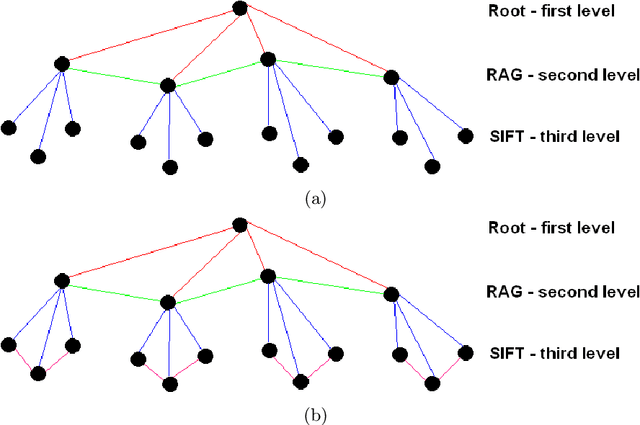
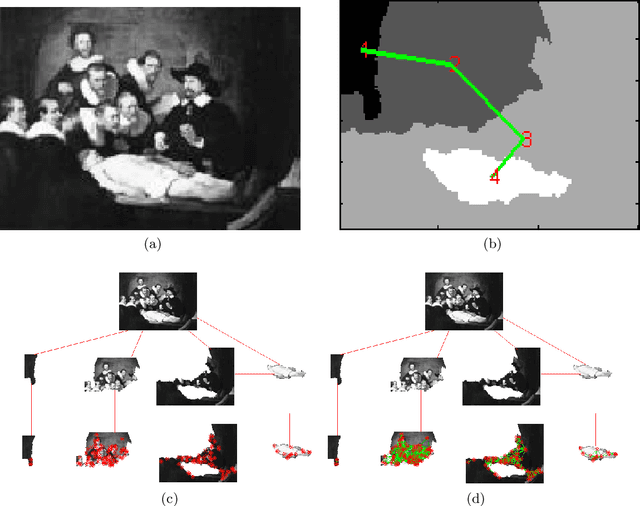

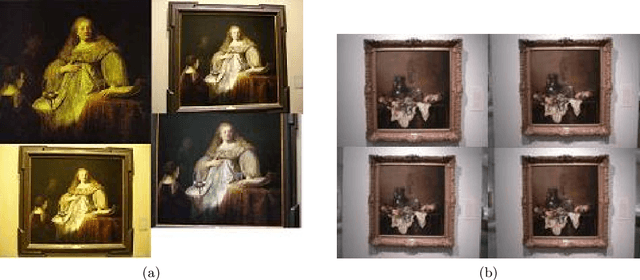
Abstract:Graphs are widely adopted tools for encoding information. Generally, they are applied to disparate research fields where data needs to be represented in terms of local and spatial connections. In this context, a structure for ditigal image representation, called Attributed Relational SIFT-based Regions Graph (ARSRG), previously introduced, is presented. ARSRG has not been explored in detail in previous works and for this reason the goal is to investigate unknown aspects. The study is divided into two parts. A first, theoretical, introducing formal definitions, not yet specified previously, with purpose to clarify its structural configuration. A second, experimental, which provides fundamental elements about its adaptability and flexibility regarding different applications. The theoretical vision combined with the experimental one shows how the structure is adaptable to image representation including contents of different nature.
Graph Convolutional Networks: analysis, improvements and results
Dec 19, 2019
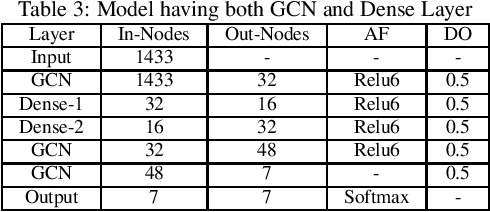

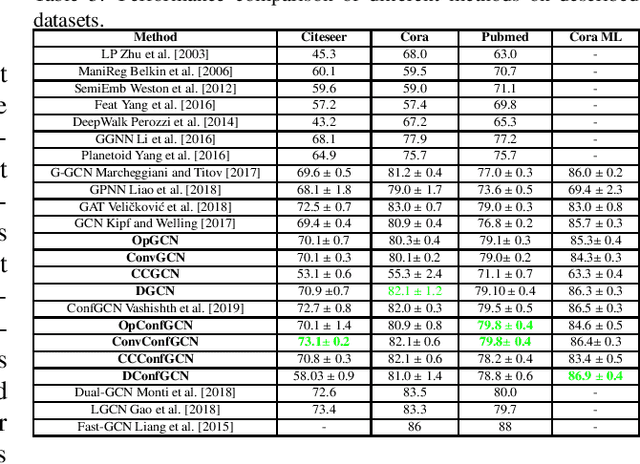
Abstract:In the current era of neural networks and big data, higher dimensional data is processed for automation of different application areas. Graphs represent a complex data organization in which dependencies between more than one object or activity occur. Due to the high dimensionality, this data creates challenges for machine learning algorithms. Graph convolutional networks were introduced to utilize the convolutional models concepts that shows good results. In this context, we enhanced two of the existing Graph convolutional network models by proposing four enhancements. These changes includes: hyper parameters optimization, convex combination of activation functions, topological information enrichment through clustering coefficients measure, and structural redesign of the network through addition of dense layers. We present extensive results on four state-of-art benchmark datasets. The performance is notable not only in terms of lesser computational cost compared to competitors, but also achieved competitive results for three of the datasets and state-of-the-art for the fourth dataset.
Dynamic Graph Convolutional Networks
Apr 20, 2017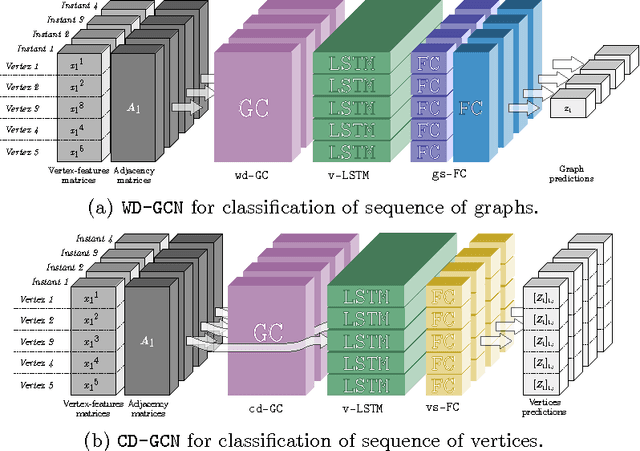
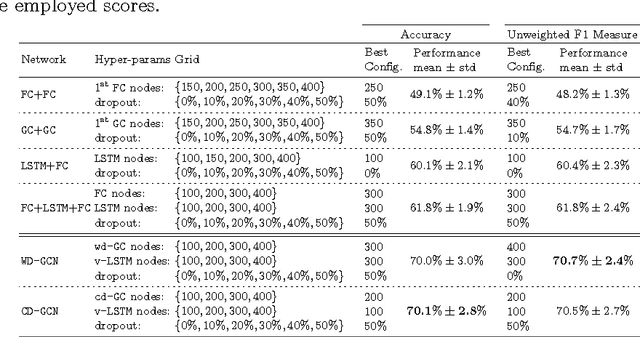
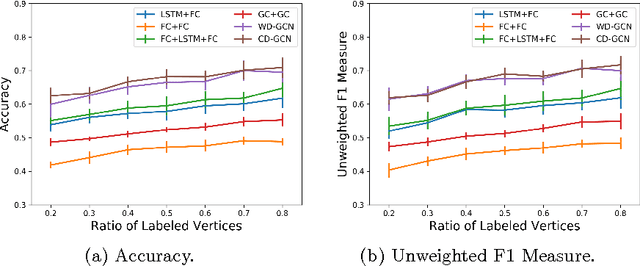
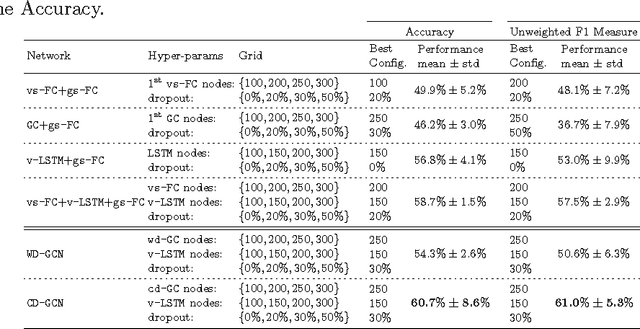
Abstract:Many different classification tasks need to manage structured data, which are usually modeled as graphs. Moreover, these graphs can be dynamic, meaning that the vertices/edges of each graph may change during time. Our goal is to jointly exploit structured data and temporal information through the use of a neural network model. To the best of our knowledge, this task has not been addressed using these kind of architectures. For this reason, we propose two novel approaches, which combine Long Short-Term Memory networks and Graph Convolutional Networks to learn long short-term dependencies together with graph structure. The quality of our methods is confirmed by the promising results achieved.
 Add to Chrome
Add to Chrome Add to Firefox
Add to Firefox Add to Edge
Add to Edge